|
|
|||||||||||||
|
|
|||||||||||||
|
FREE COLLECTION |
|||||||||||||||||||
|
Civil War
1,231 pages of printed reports from General Robert E. Lee and other Confederatre generals on the operations of the Army of Northern Virginia. A 1863 compilation by the War Department of the Confederate States of America of reports on the operations of the Army of Northern Virginia, sent to President of the Confederate States of America, Jefferson Davis. Reports date from June 1862 to May 22, 1863. covering activity from June 1862 to December 13, 1862. Reports begin with the assumption of Robert E. Lee of command, to and including the battle at Fredericksburg, December 13th, 1862. Includes reports from General Robert E. Lee, General Thomas Jonathan "Stonewall" Jackson, Major General A. P. Hill, Major General D. H. Hill, Lieutenant General James Longstreet, General John Hood, Major General John B. Magruder, General James Stuart, Major General George Meade, Major General Richard S. Ewell, Major General Benjamin Huger, and others. Covering operations such as the Battle of Port Republic and Cross Keys, Seven Days' Battles Around Richmond, Virginia, Battle of Oak Grove, Battle of Mechanicsburg, Reconnaissance missions of General James Stuart, Battle of the Chickahominy, Battle of Gaines' Mill, Battle of Savage's Station, Battle of Glendale (Fraser's Farm), Battle of Malvern Hill, Battle of Cedar Mountain or Cedar Run, Virgnia, Battle of Second Manassas or Bull Run, Battle of Chantilly or Ox Hill, Siege and capture of Harpers Ferry, Virgininia (now West Virginiaia), Battles of South Mountain, Antietam or Sharpsburg, and the Battle of Fredericksburg, Virgininia. The Army of Northern Virginia was the primary military force of the Confederate States of America in the Eastern Theater of the American Civil War. It was most often arrayed against the Union Army of the Potomac. The American Civil War was about one year old when General McClellan began his campaign to seize Richmond. He had moved cautiously, but relentlessly, up the York River Peninsula as Confederate General Joseph Johnston's forces retreated and delayed before him. Finally, Johnston chose to attack a part of the Union Army, the left wing isolated on the south side of the swollen Chickahominy Creek. The resulting battle on 31 May 1862, known both as Seven Pines and Fair Oaks, was inconclusive except for the severe wounding of Johnston himself. Jefferson Davis, the Confederate President, appointed Robert E. Lee, his chief military advisor, as the new commanding general on 1 June 1862. That same day, in his first general order as the commanding general, Lee christened his forces the Army of Northern Virginia. General Lee's new command actually consisted of four separate Rebel forces, including Stonewall Jackson's famous Valley Army which had just recently completed its victorious campaign in the Shenandoah Valley. General Lee's first move as the new commander was to begin erecting fortifications to protect Richmond, an order which earned for him much criticism and the nickname "King of Spades". His next act was to begin reorganizing his new army and improve its discipline, sloppy administration, and instill a more positive and aggressive offensive spirit, especially among its leadership. General Lee next sent his cavalry commander, J.E.B.Stuart, on a reconnaissance of McClellan's army in order to find its right wing. Stuart, who led his cavalry around the entire Union Army, discovered that McClellan's right was exposed. Lee decided to concentrate his forces to attack on the north side of the Chickahominy Creek, leaving a dangerously small force, bolstered by the newly completed entrenchments in front of Richmond, as a fixing force. Lee's plan was to turn McClellan's right flank by attacking his line of communication back to the massive support base at White House Landing on the Pamunkey River, a tributary of the York River on the north side of the Peninsula. The turning movement was intended to get McClellan out of his own siege works and away from his powerful artillery, giving the Confederates a chance to fight on ground of their choosing. What followed was a set of victories against seemingly insurmountable odds. General Lee's army was always outnumbered, out gunned, and often in a poor position to attack or defend. Yet General Lee was a practical strategist with an engineer's sense, who was willing to take risks to outmaneuver his opponents. The support of excellent commanders contributed to repeated victories against the Union Army again and again. Lee suffered several setbacks during the Maryland Campaign in 1862, which resulted in the Battle of Antietam. Still, Lee's thin line held most of the battlefield at the end of a single day of fighting, giving him a strategic victory, though one he could not take advantage of. He was forced to retreat across the Potomac River and back to Virginia. After the Battle of Fredericksburg that December, Lee spent the winter rebuilding his battered army. The collection contains a text transcript of all recognizable text embedded into the graphic image of each page of each document, creating a searchable finding aid. Text searches can be done across all files. |
|||||||||||||||||||
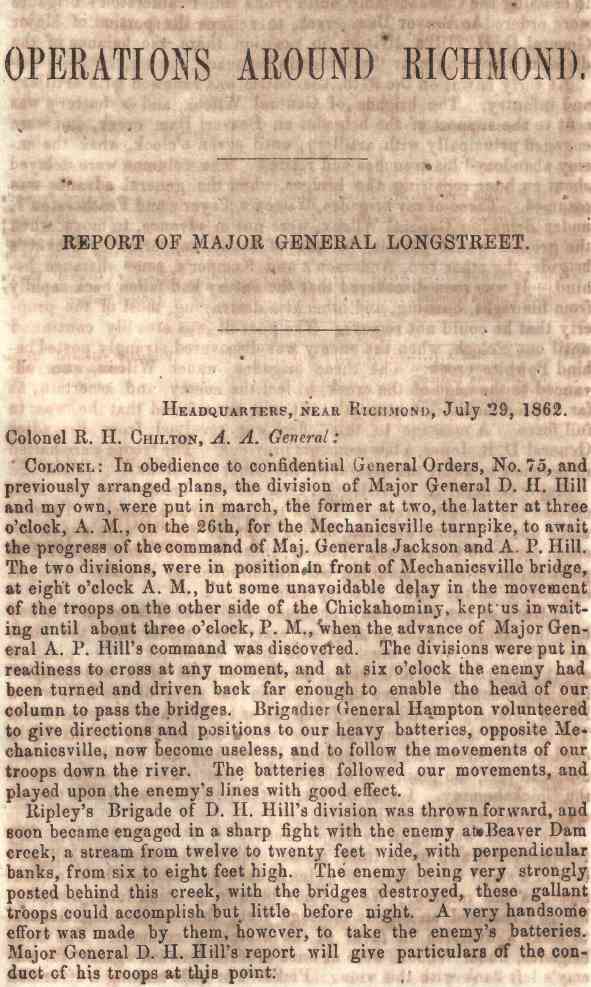 |
|||||||||||||||||||
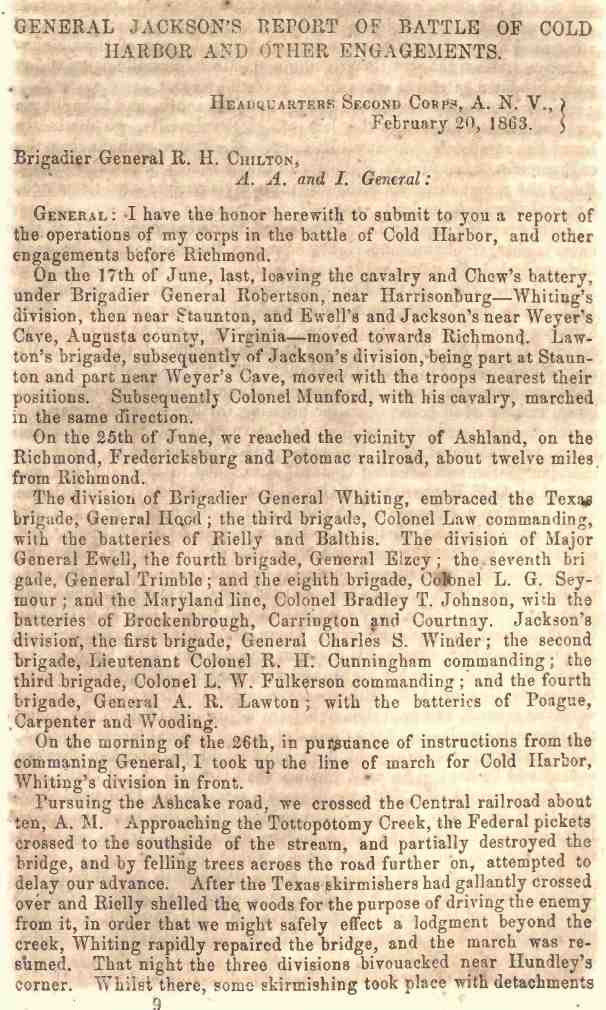 |
|||||||||||||||||||
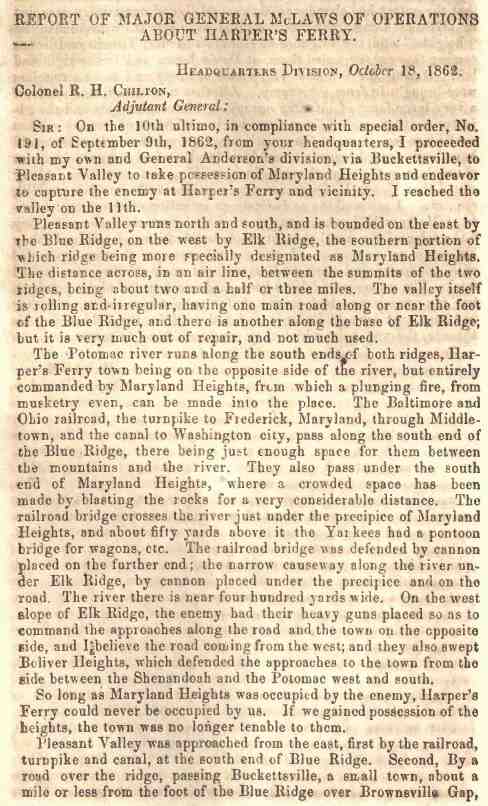 |
|||||||||||||||||||
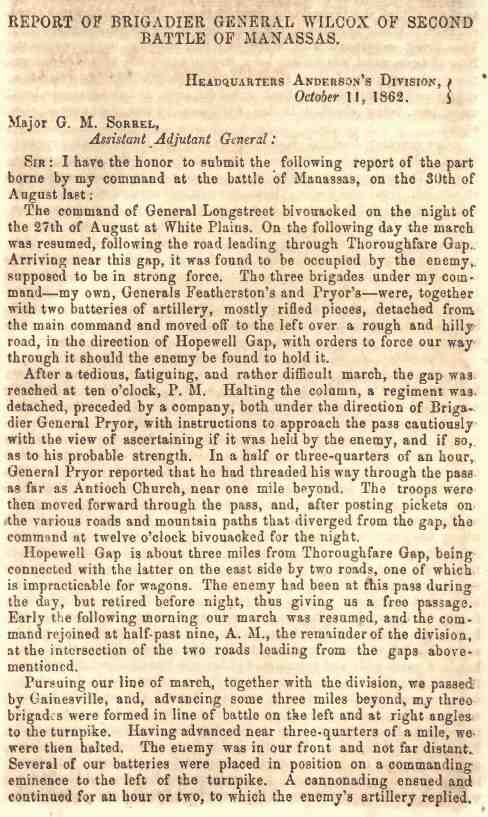 |
|||||||||||||||||||
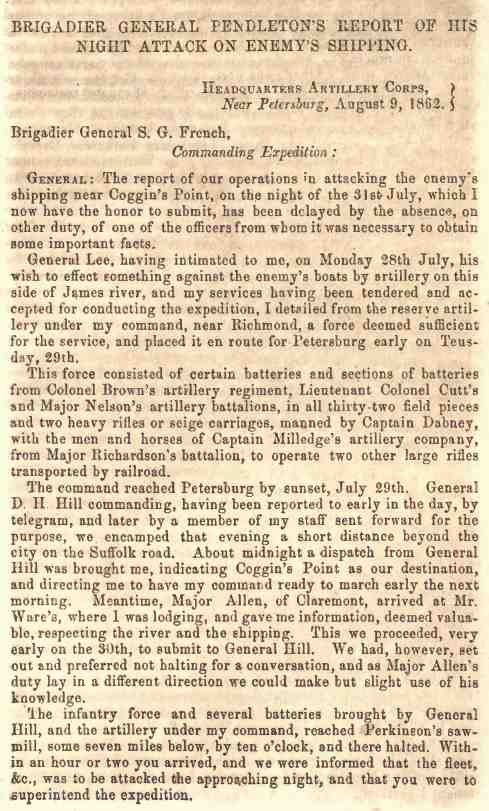 |
|||||||||||||||||||
|
FREE COLLECTION |
|||||||||||||||||||